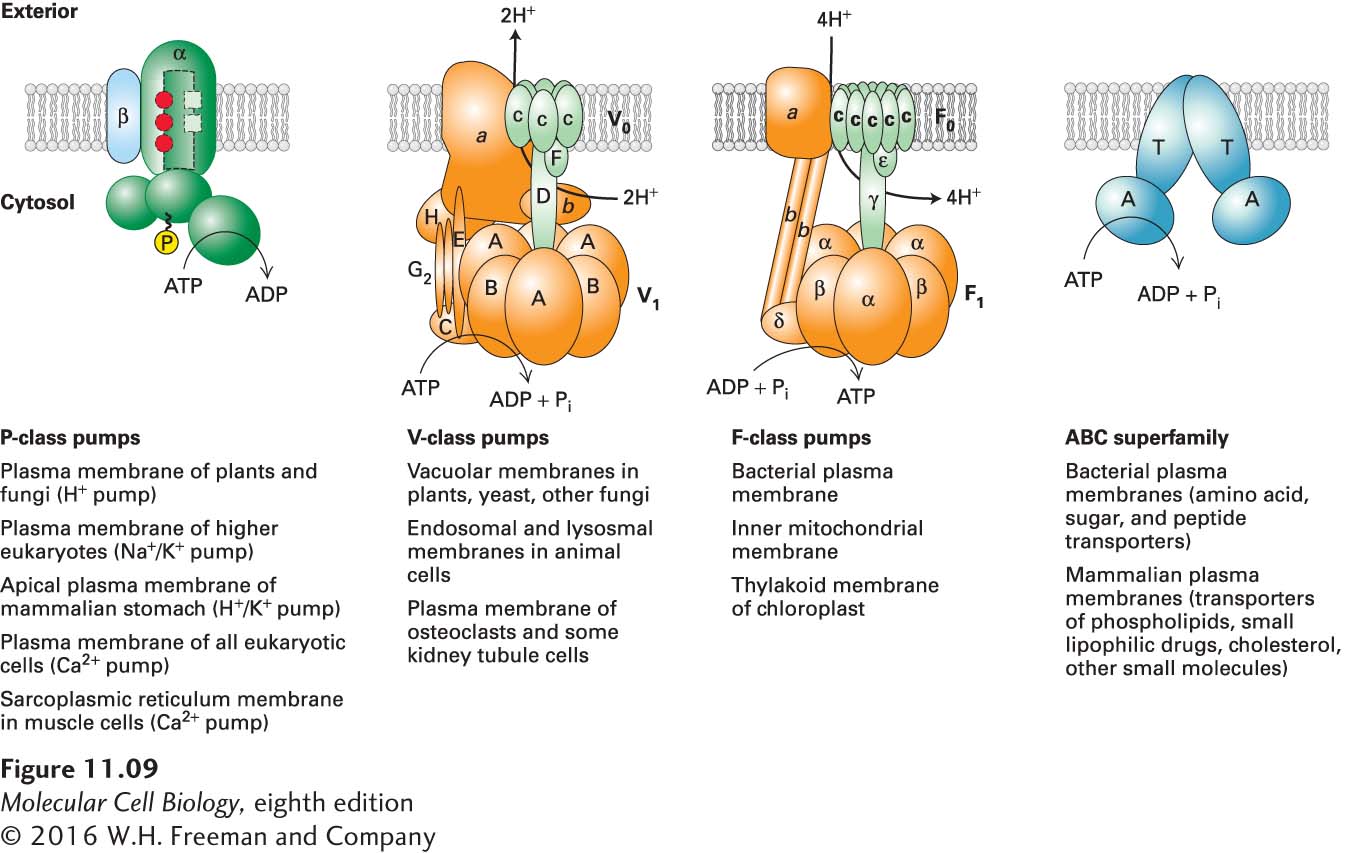
FIGURE 11- P- P- V- F- P- V- F- P-